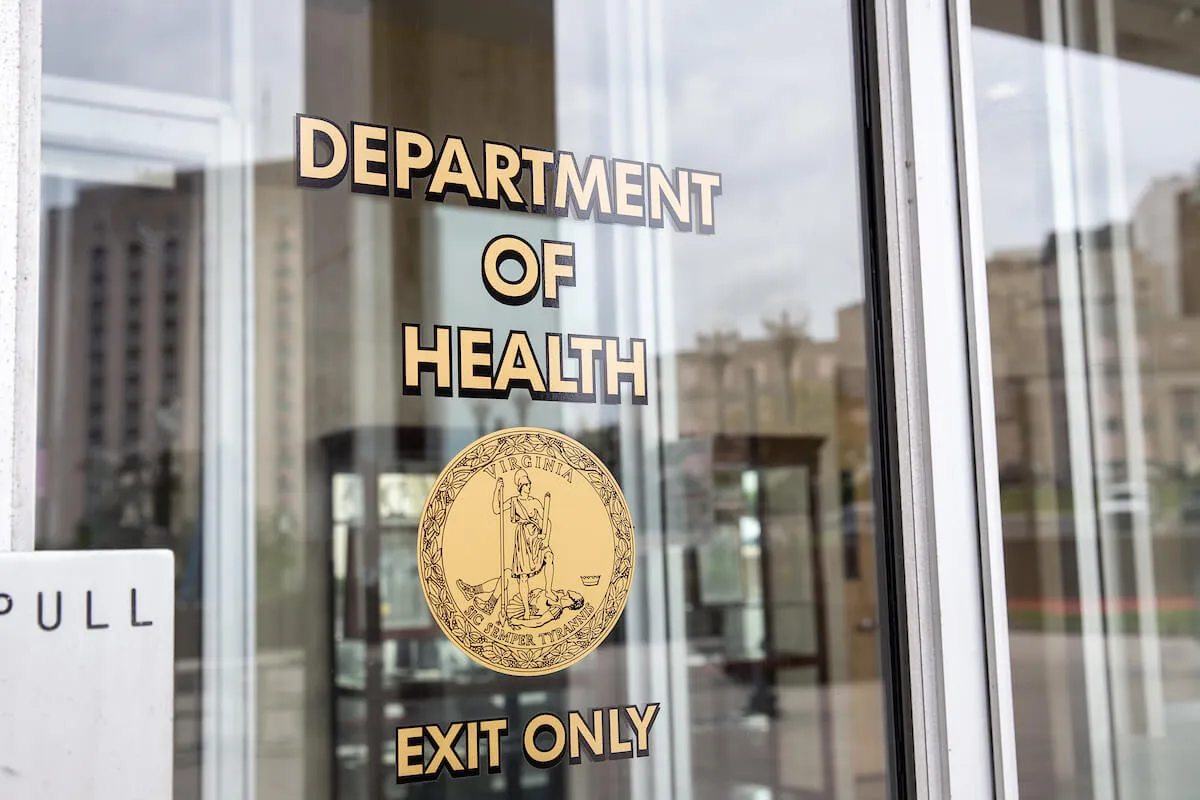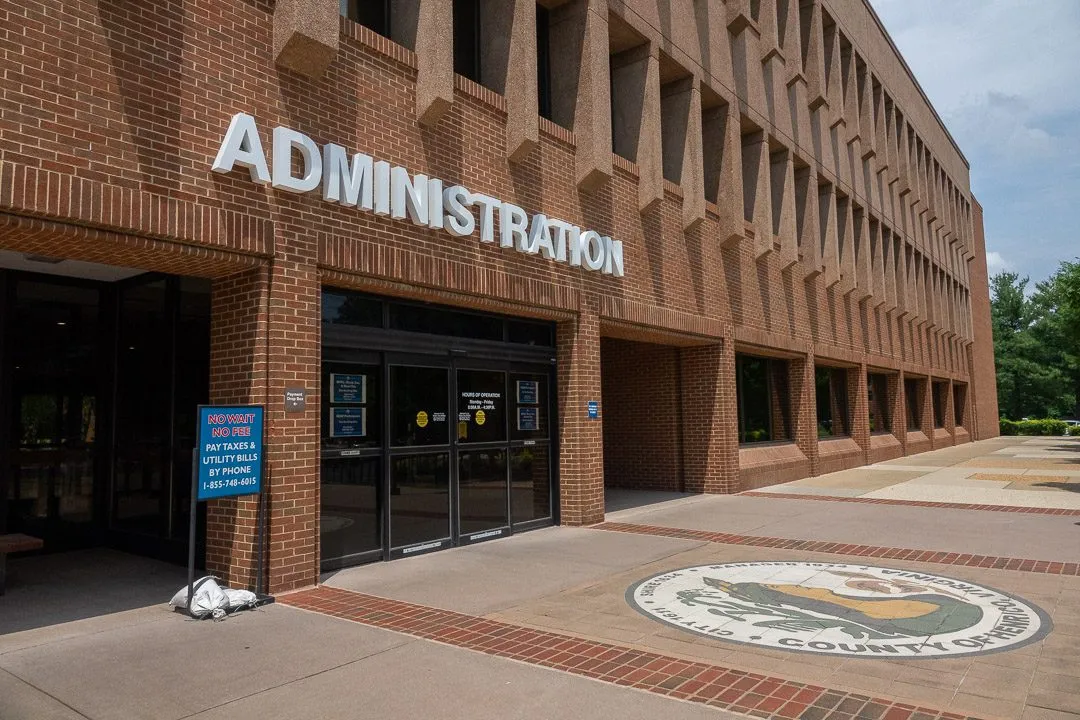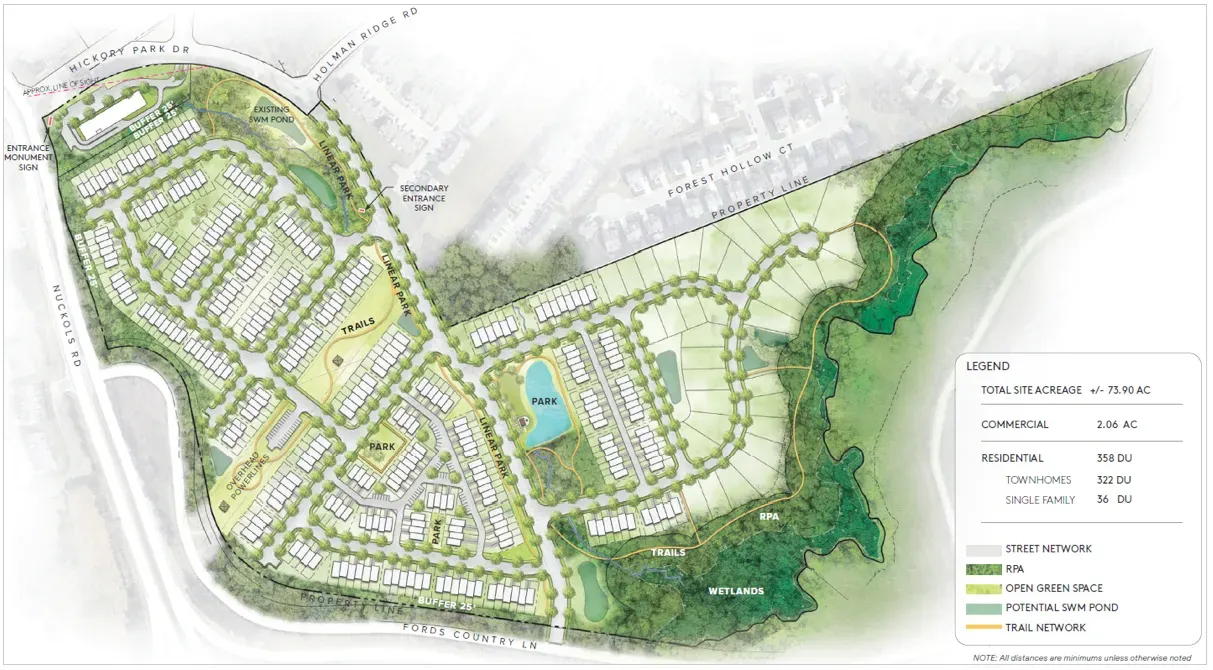How the Virginia Department of Health is healing internal issues amid federal funding cuts
In Part One of the Mercury’s Pulse Check series, we examine the challenges that were roiling the state health department even before this year’s federal cuts introduced new hurdles, and how officials are responding





